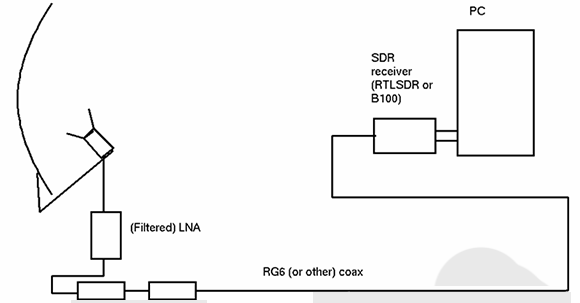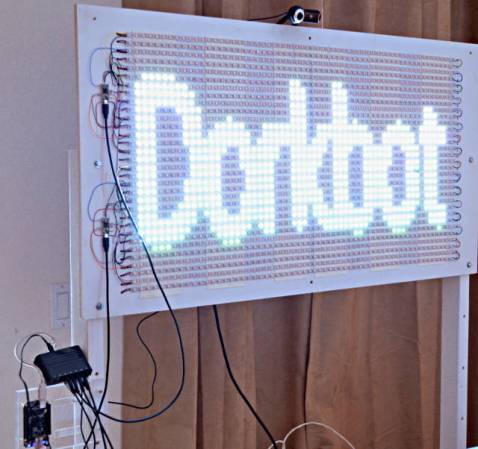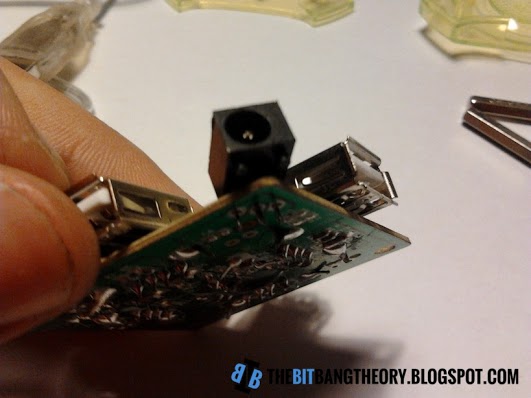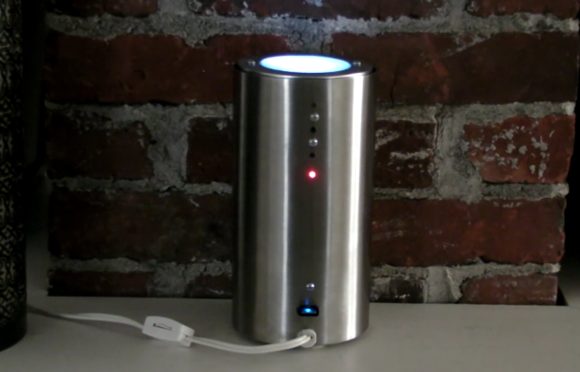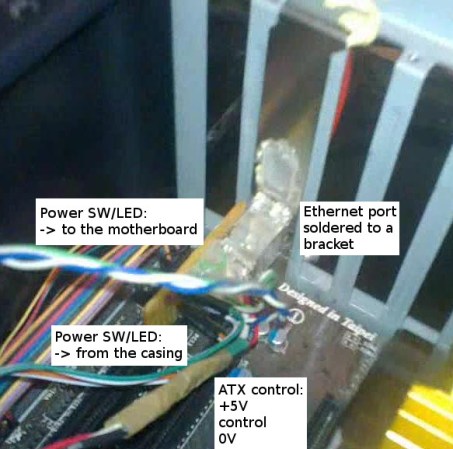
[Greg Shikhman] wanted to use the school tools one more time before graduation. After hitting up some local motorcycle shops around town for parts he fashioned this crown for himself.
He didn’t pay ‘the iron price‘ as the motorcycle roller chain is waste material anyway. Chains do wear out and these were left over after being replaced with new ones. He first cleaned them up with a bit of WD-40 solvent, xylene, and soapy water to cut through the grime. There was also a layer of black oxide which normally keeps them from rusting which he peeled off with a dunk in some hydrochloric acid.
Chains are flexible and this would have made for a disheveled looking crown. The fix involved using an aluminum form the size of his head to keep the crown in round while he did his TIG welding. A double row of polished steel ball bearings take the place of jewels. As if the ten-pounder wasn’t painful enough he added four rings of bicycle chain as accents which he admits makes the thing unwearable because they dig into his noggin. We still don’t think that’s a good enough excuse to post about the project and not include an image of him wearing the thing during the junkyard coronation.
It would be fun to see a follow-up king-ring with similar LED features as that engagement ring but using this heavy-metal design style.

